Extended Version
Orchid Disease Calendar
This online version of our popular plant disease calendar provides you with even more detailed information than the physical product. With this extensive resource, you can easily identify and treat common orchid diseases that affect your home garden, greenhouse, or indoor plants.

Botrytis
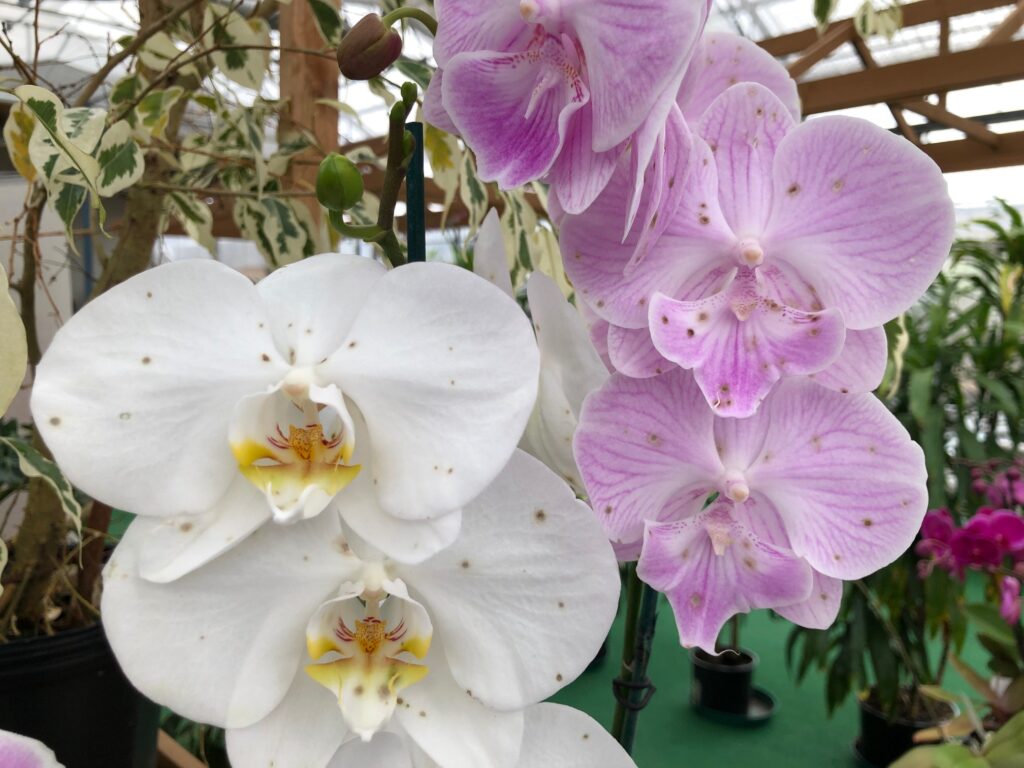
Botrytis is a fungal disease that often manifests as grayish-brown spots or fuzzy growth on leaves, flowers, and other plant parts. It thrives in cool, damp conditions.
Causes: Poor air circulation, high humidity, and overwatering create ideal conditions for Botrytis. The fungus typically enters through wounds or damaged plant tissues.
Prevention:
Ensure proper ventilation to reduce humidity.
Avoid overwatering; allow the orchid to dry between waterings.
Remove dead or decaying plant material promptly.
Treatment:
Remove infected plant parts and dispose of them properly.
Apply fungicides as a preventive measure or as soon as symptoms appear, following the manufacturer’s instructions.
Chocolate Orchid Virus
The Chocolate Orchid Virus causes discoloration and distortion of leaves. Infected plants may exhibit chocolate-colored streaks or rings.
Causes: Transmission occurs through infected plant material, tools, or equipment. There is no cure for viral infections.

Prevention:
Quarantine new orchids before introducing them to your collection.
Disinfect tools and equipment regularly.
Remove and destroy infected plants to prevent the spread of the virus.
Treatment:
There is no cure for viral infections. Infected plants should be isolated and eventually removed to prevent spreading.
Anthracnose

Anthracnose is a fungal disease caused by various species of Colletotrichum. It presents as dark lesions on leaves, stems, and flowers with a water-soaked appearance. As the lesions progress, they may become sunken and surrounded by a dark border.
Causes: Warm, humid conditions favor anthracnose development. The fungus often enters through wounds or natural openings in the plant.
Prevention:
Maintain good air circulation around orchids.
Avoid overhead watering; water at the base of the plant.
Remove and destroy infected plant material promptly.
Apply fungicides preventively, especially during periods of high humidity.
Treatment:
Prune and destroy infected plant parts.
Apply fungicides as a preventive measure or when symptoms are first noticed.
Bacterial Diseases
Bacterial diseases in orchids can manifest as leaf spots, wilting, and rot. Symptoms may vary depending on the specific bacterial pathogen involved.
Causes: Bacteria typically enter through wounds, cuts, or natural openings in the plant, gaining access during periods of high humidity or injury.

Prevention:
Practice good hygiene to avoid cross-contamination.
Ensure proper spacing for good air circulation.
Avoid overwatering to prevent waterlogged conditions.
Disinfect tools and equipment regularly.
Treatment:
Remove and destroy infected plant parts.
Apply copper-based bactericides as a preventive measure, following the manufacturer’s instructions.
Improve cultural practices to reduce stress on the orchid and enhance its natural defenses.
Sooty Mold
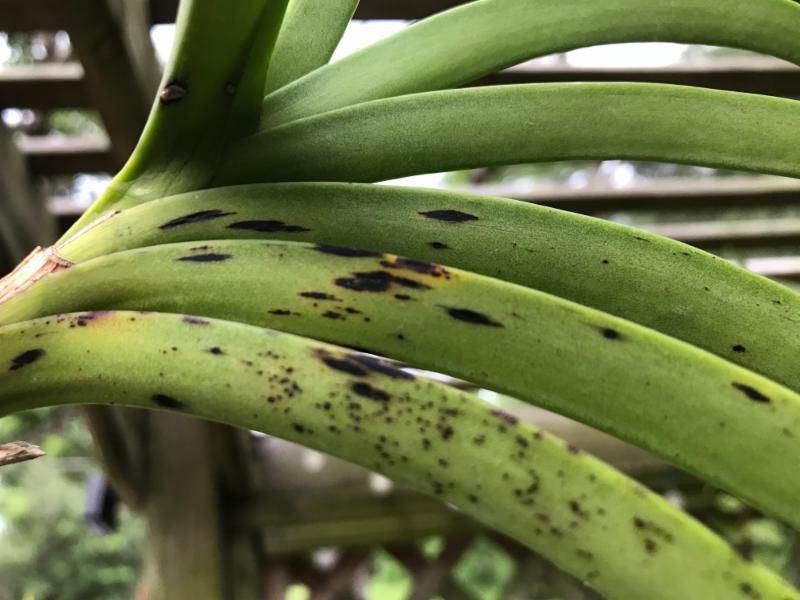
Sooty mold is a black, powdery fungus that colonizes the surfaces of leaves and other plant parts. It’s a secondary issue caused by the presence of honeydew excreted by sap-sucking insects.
Causes: Sap-sucking insects like aphids, scale insects, or mealybugs excrete honeydew, providing a substrate for sooty mold growth.
Prevention:
Control and eliminate sap-sucking insects through regular monitoring and appropriate insecticide application.
Keep the orchid environment clean by regularly washing leaves.
Introduce natural predators of sap-sucking insects.
Treatment:
Control the underlying insect infestation to eliminate honeydew production.
Wipe or wash off the sooty mold with a mild soap solution.
Improve overall orchid health to reduce susceptibility to sap-sucking pests.
Severe Dehydration
Severe dehydration in orchids is characterized by wilted, shriveled, and leathery leaves. The plant may appear stressed, and the roots may become desiccated and lose their turgidity.
Causes: Inadequate watering or prolonged periods without water. Poor water retention in the growing medium. Overly porous or fast-draining potting mix.
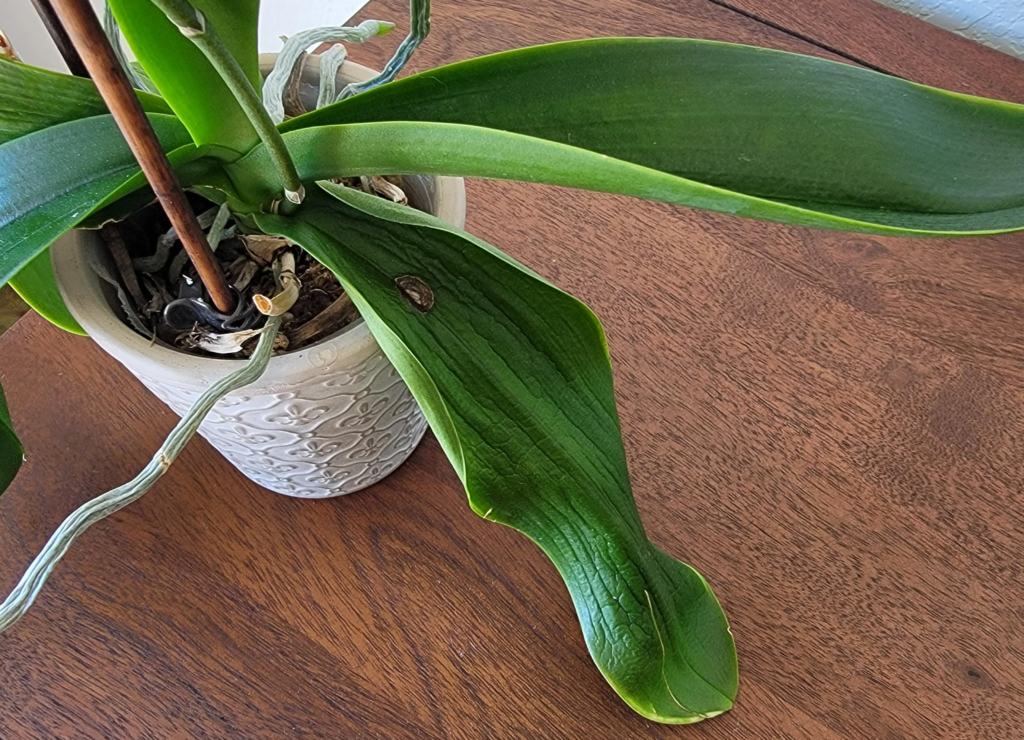
Prevention:
Establish a consistent watering routine based on the orchid’s specific needs.
Use well-draining but moisture-retentive orchid mix.
Ensure proper humidity levels and avoid extreme dry conditions.
Treatment:
Gradually rehydrate the orchid by soaking the entire pot in room-temperature water.
Trim dead or desiccated roots.
Adjust watering practices to prevent future dehydration.
Sunburn
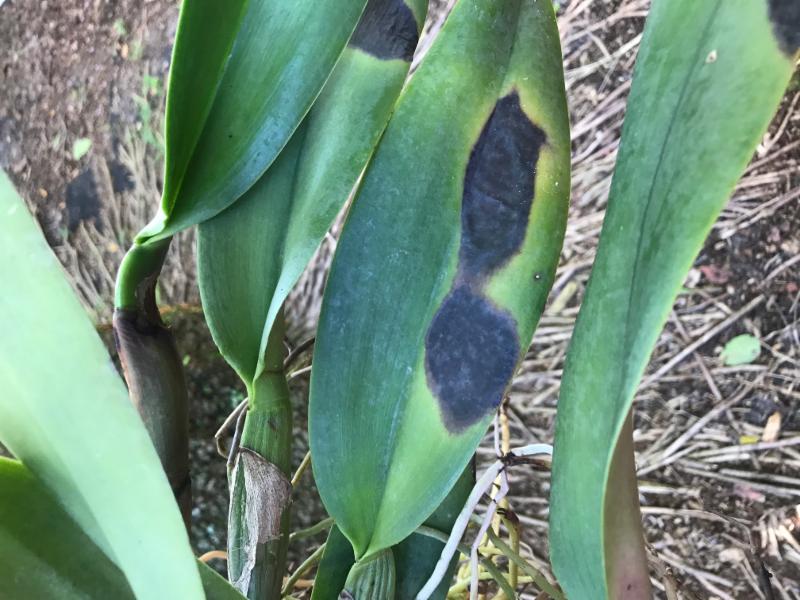
Sunburn manifests as yellow or brown patches on leaves, often with a papery or crispy texture. It occurs when orchids are exposed to intense sunlight for prolonged periods.
Causes: Sudden exposure to direct sunlight, especially for orchids accustomed to lower light conditions. Lack of acclimatization to increased light levels.
Prevention:
Gradually acclimate orchids to higher light levels.
Provide filtered or diffused light for sensitive orchid species.
Adjust the orchid’s placement to avoid prolonged exposure to intense sunlight.
Treatment:
Move the orchid to a shadier location.
Trim damaged leaves but leave healthy tissue.
Ensure appropriate light conditions going forward.
Frost
Frost damage is characterized by blackened or water-soaked areas on leaves, pseudobulbs, or flowers. Frost can cause cellular damage and tissue death.
Causes: Exposure to freezing temperatures, especially for orchids that are not cold-hardy. Sudden temperature drops or frost events.

Prevention:
Protect orchids from cold temperatures by bringing them indoors during frosty periods.
Provide insulation or cover vulnerable orchids during cold spells.
Choose cold-resistant orchid species for outdoor cultivation in colder climates.
Treatment:
Move affected orchids to a warmer environment.
Trim damaged and blackened tissue, promoting new growth.
Sudden Temperature Change

Sudden temperature changes can stress orchids, leading to slowed growth, leaf yellowing, or even tissue damage.
Causes: Rapid shifts in temperature, especially from warm to cold or vice versa. Drastic changes in environmental conditions.
Prevention:
Gradually acclimate orchids to temperature changes.
Provide consistent temperature and humidity levels.
Avoid placing orchids near drafts or heating/cooling vents.
Treatment:
Move the orchid to a stable environment with consistent temperatures.
Monitor for signs of stress and adjust care accordingly.
Wind or Dry Air
Wind or dry air can lead to dehydration, desiccation of roots, and stress in orchids. It may result in wilting, wrinkled leaves, and inhibited growth.
Causes: Exposure to strong winds or drafts. Low humidity levels.
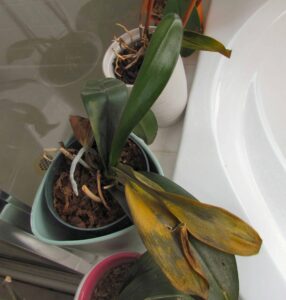
Prevention:
Protect orchids from strong winds or provide windbreaks.
Increase ambient humidity by using humidifiers or placing trays of water near orchids.
Grouping orchids together can create a microclimate with higher humidity.
Treatment:
Increase humidity around the orchid by misting or placing a humidifier nearby.
Shield orchids from direct drafts or wind.
Ensure proper hydration by adjusting watering practices.
Ants
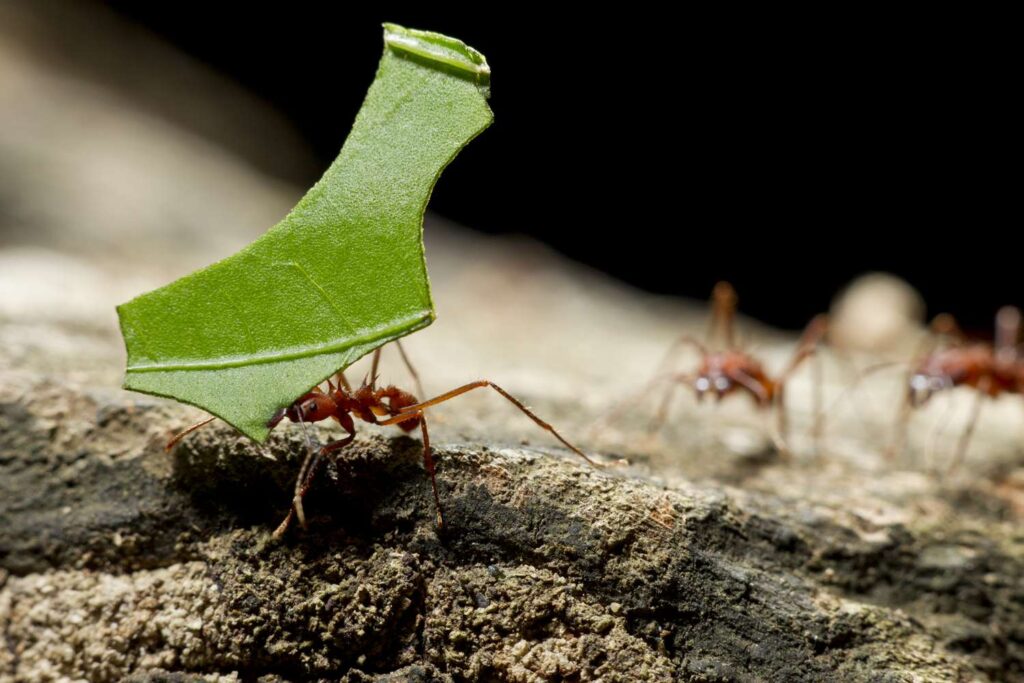
Ants are not usually harmful to orchids directly, but they may protect and cultivate honeydew-producing pests like aphids or scale insects. They can also disturb the orchid’s growing medium.
Causes: Attracted by the presence of honeydew-producing pests. Seeking shelter in the growing medium.
Prevention:
Control and eliminate honeydew-producing pests.
Keep the growing area clean and free of debris.
Apply ant baits or barriers around the orchid to discourage ant activity.
Treatment:
Control the primary pest (aphids, scale insects) to remove the ant attractant.
Use ant baits or non-toxic deterrents to manage ant populations.
Tenthecoris
Tenthecoris is a genus of plant bugs that can infest orchids, causing damage to leaves and buds.
Causes: Presence of Tenthecoris bugs in the orchid growing environment.

Prevention:
Regularly inspect orchids for signs of Tenthecoris infestation.
Maintain good garden hygiene to reduce potential habitats.
Treatment:
Handpick or use a gentle stream of water to remove bugs.
Apply insecticidal soap or neem oil according to the manufacturer’s instructions.
Aphids
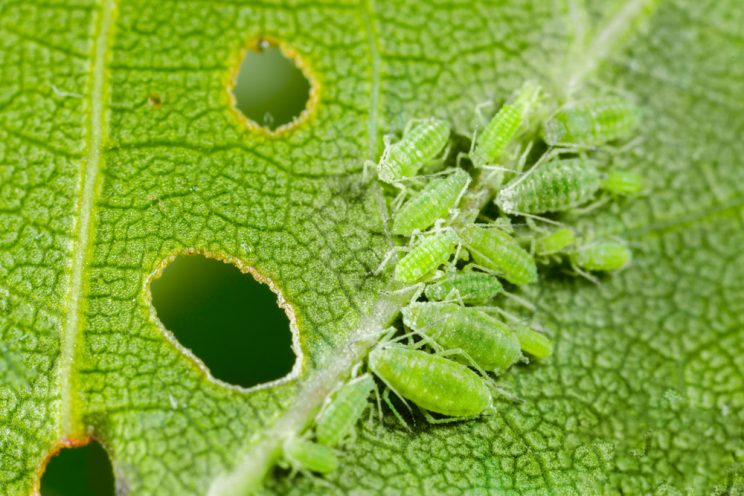
Aphids are small, soft-bodied insects that can cluster on orchid leaves, sucking sap and causing yellowing, distortion, and stunted growth.
Causes: Aphids are attracted to the succulent parts of orchids and can reproduce rapidly.
Prevention:
Regularly inspect plants for early signs of aphid infestation.
Encourage natural predators like ladybugs or lacewings.
Maintain a clean growing environment.
Treatment:
Wash aphids off with a gentle stream of water.
Use insecticidal soap or neem oil, following the manufacturer’s instructions.
Introduce beneficial insects for biological control.
Cochineal
Cochineal insects are scale insects that attach to orchids, feeding on sap and producing a white, waxy substance that resembles cotton or fluff.
Causes: Presence of cochineal insects on orchids.
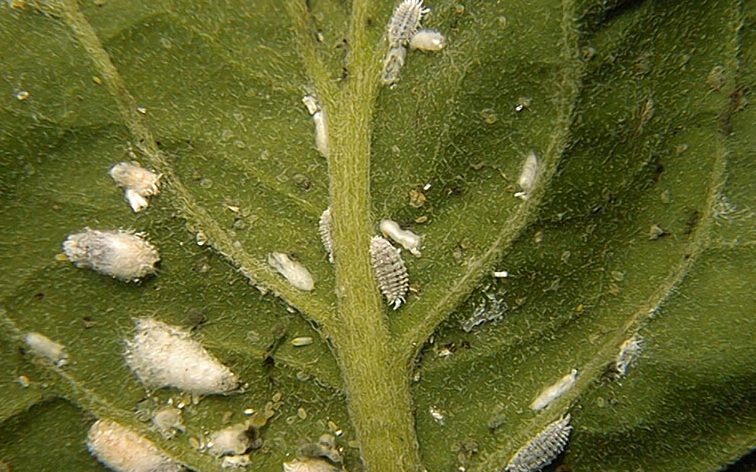
Prevention:
Regularly inspect orchids for signs of cochineal infestation.
Isolate new orchids before introducing them to your collection.
Treatment:
Remove cochineal insects manually using a soft brush or cotton swab.
Apply insecticidal soap or neem oil, ensuring thorough coverage.
Introduce natural predators like ladybugs or parasitic wasps.
Thrips
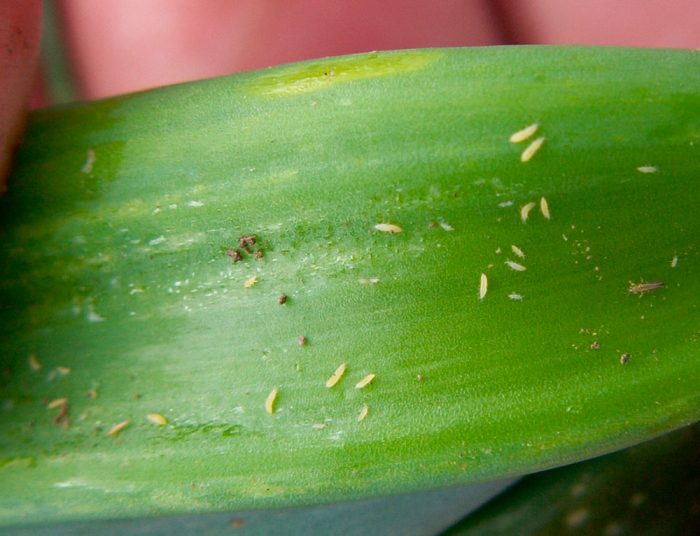
Thrips are tiny, slender insects that feed on orchid flowers, buds, and leaves. Infestation can cause distorted growth, silvering, or stippling of the affected areas.
Causes: Presence of thrips in the orchid growing environment.
Prevention:
Regularly inspect plants for early signs of thrips.
Use yellow sticky traps to monitor and catch adult thrips.
Avoid overcrowding of plants to reduce favorable conditions.
Treatment:
Rinse orchids with a strong stream of water to dislodge thrips.
Apply insecticidal soap or neem oil, adhering to the product’s guidelines.
Introduce predatory mites or other natural enemies.
Caterpillar
Caterpillars can feed on orchid leaves and flowers, causing visible damage and holes in the plant tissue.
Causes: Presence of caterpillars in the orchid growing area.

Prevention:
Inspect orchids regularly, especially during the growing season.
Handpick caterpillars and remove them from the orchid.
Apply protective barriers like collars around the base of orchids.
Treatment:
Handpick caterpillars and manually remove them.
Apply Bt (Bacillus thuringiensis) insecticide, following the product’s instructions.
Introduce natural predators like parasitic wasps or predatory beetles.
Snail
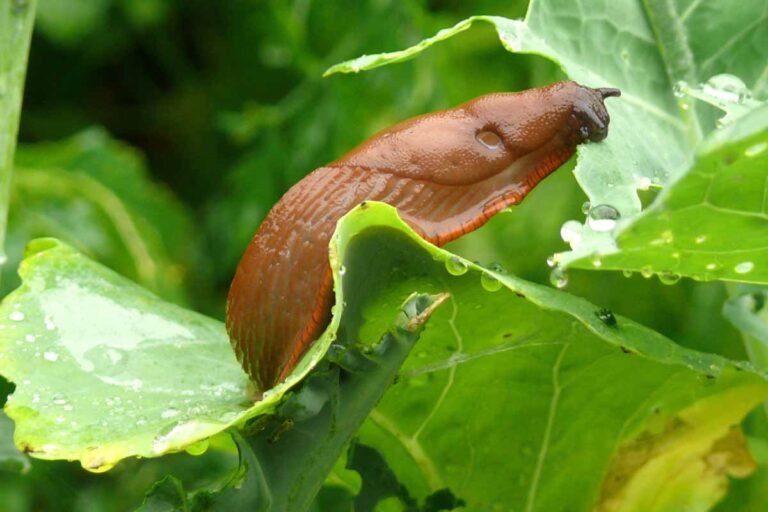
Snails can feed on orchid leaves and flowers, leaving irregular holes and damage.
Causes: Presence of snails in the orchid growing area.
Prevention:
Remove debris and hiding places that may attract snails.
Apply physical barriers like copper tape around pots.
Handpick snails during evening hours when they are active.
Treatment:
Handpick snails and relocate them away from orchids.
Apply snail baits containing iron phosphate, following the manufacturer’s recommendations.
Use beer traps or other natural deterrents.
Whitefly
Whiteflies are small, flying insects that cluster on the undersides of orchid leaves, feeding on sap and causing yellowing and wilting.
Causes: Presence of whiteflies in the orchid growing environment.
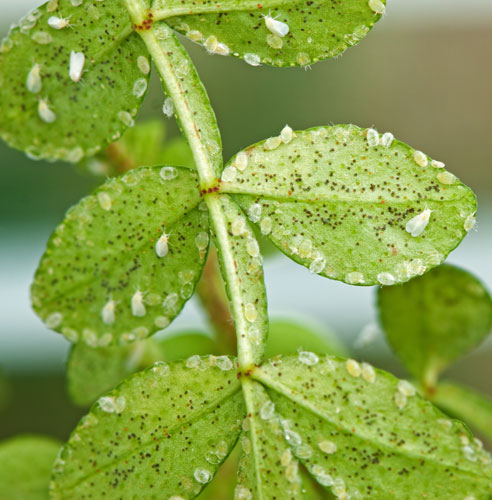
Prevention:
Regularly inspect plants for signs of whitefly infestation.
Introduce natural predators like parasitic wasps.
Maintain good garden hygiene.
Treatment:
Use a strong stream of water to dislodge whiteflies from the orchid.
Apply insecticidal soap or neem oil, following the product’s guidelines.
Introduce beneficial insects for biological control.
